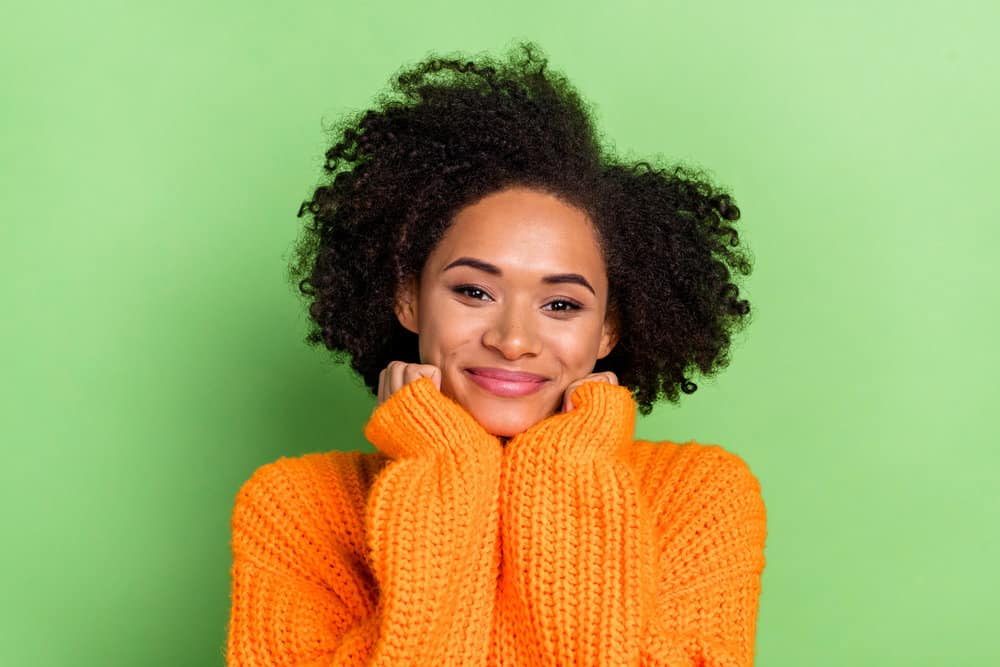
You thought you’d have the same hair color until you reached old age. So, when you realized that your hair is getting lighter, it probably came as a huge surprise.
There are several reasons why your hair might lighten up a few shades, and that’s what we’ll examine in this article. By the end, you’ll gain some valuable insight into your hair color change, as well as some tips you can use to slow or stop further changes to your hair.
Table of Contents
Why Is My Hair Getting Lighter?
Your hair is mostly getting lighter due to your hair products, excessive heat styling, sea salt and chlorine, the sun's UV rays, or genetic changes. In the next section, we'll cover each one of these potential causes in detail.
Your Hair Products
When your hair suddenly gets lighter, sometimes all you need to do is look at your hair up close. Buildup from hair products can leave a visible cast on your hair that makes it look lighter.
Product buildup is super common, especially among natural-haired folks.
This is because to tame unruly textured locks, sometimes a lot of product is required. When this residue is not washed away regularly, it can easily build up and make your locks look dusty and lighter.
The Fix: Fixing this issue is easy and only requires heavy-duty shampoo - dandruff and clarifying shampoos work best. To remove the buildup, switch out your regular shampoo for a deep cleansing one.
Shampoos like these can cut through the buildup in as little as one use. Once the buildup is removed, you'll see your natural hair color return.
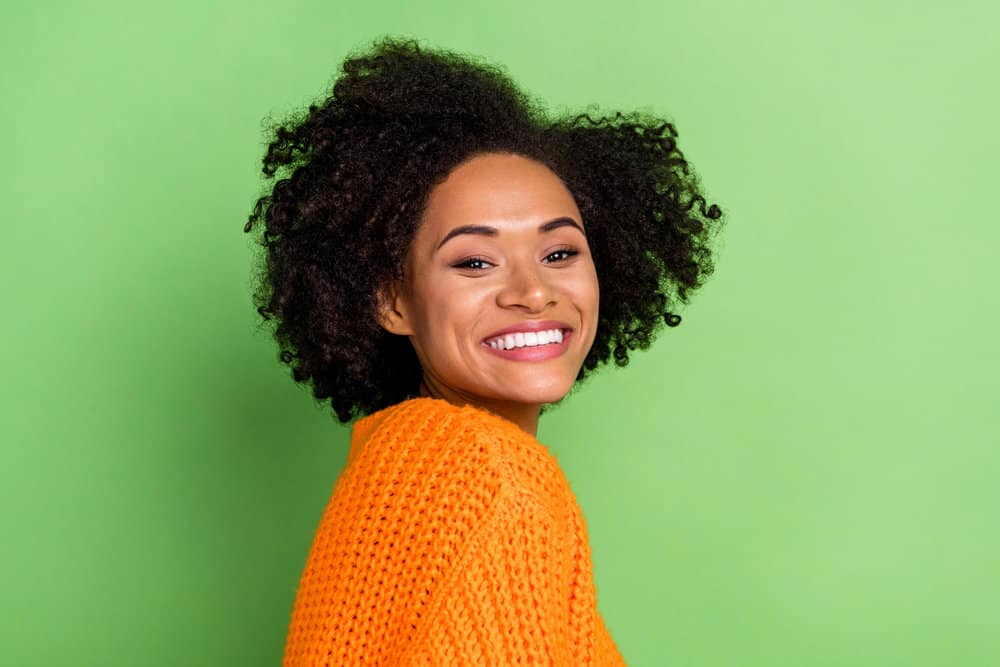
Heat Styling
Heat styling with blow dryers, flat irons, and curling irons can also lift your hair a couple of shades. The heat quite literally burns away the structure of your hair, leaving it in a dry, altered state.
When this happens, your hair can take on a different tone entirely. If your lightening hair is due to heat styling, your ends will be lighter than the rest of your hair.
The Fix: If you want to minimize the risk of color change from heat styling, we recommend limiting heat styling as much as possible. This may require you to try out heatless styles, like low buns, braid sets, twist sets, and roller sets.
And whenever you do want to heat style your hair, never forget to use a heat protectant beforehand. Doing so will protect your hair from the damaging effects of the heat and minimize the chances of your hair color changing.
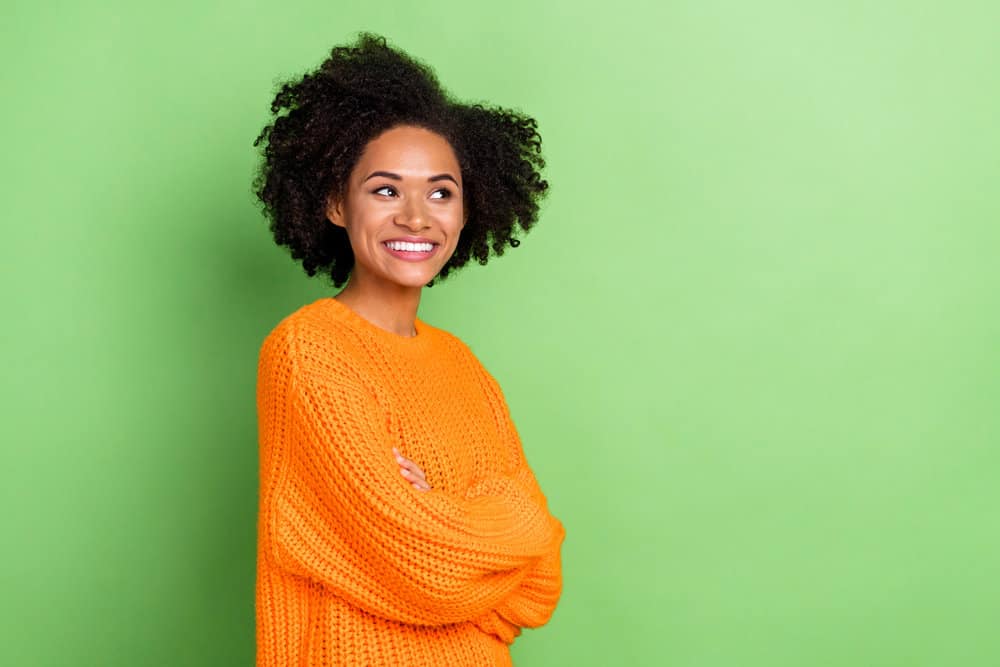
Sea Salt and Chlorine
People who regularly take a dip in the pool or ocean without protecting their hair may notice that their hair is lightening up over time. It is well-known and documented that sea salt and chlorine both have the potential to change your hair color.
If your hair is already color-treated, it may fade quickly and take on an odd undertone. But even if you don't dye your hair, it can change to a lighter version of itself right in front of your eyes.
The Fix: The way to slow or stop any unwanted color changes, you'll need to ensure that neither saltwater nor chlorine comes near your hair. To do this, you should always wear a swim cap when you go for a swim.
But if that's not an option, you can also wet your hair down with plain water before hopping in. Since your hair will already be full of water, the chlorine or saltwater won't be able to penetrate it.
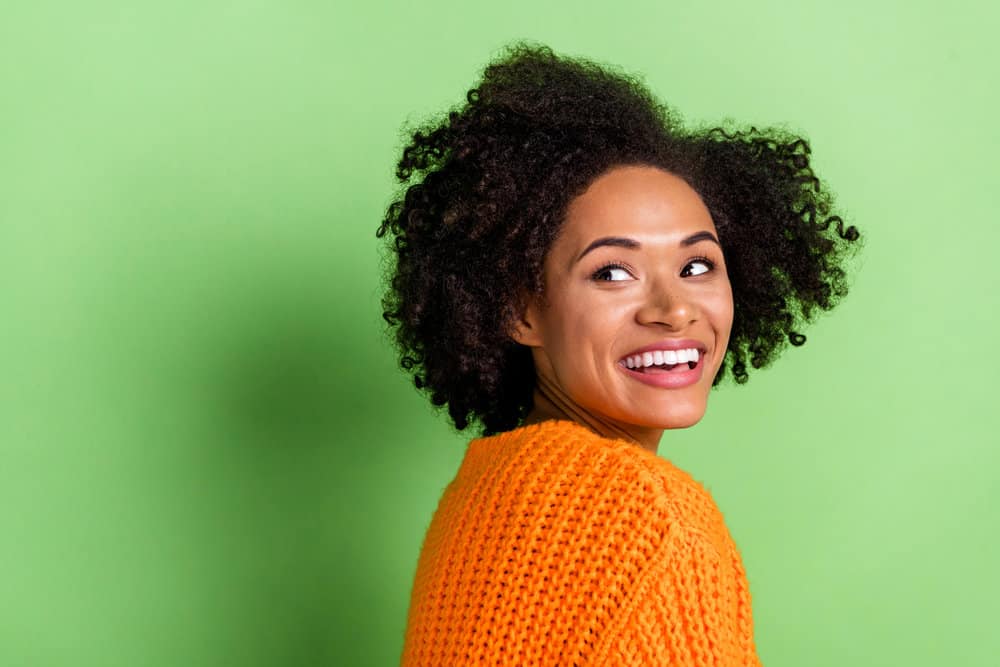
The Sun's UV Rays
Most people know that the sun's UV rays lighten the hair over time. In fact, many have used the sun to lighten their hair on purpose.
Here's how it works: the sun's rays penetrate the hair shaft and destroy the melanin within the hair follicle. Due to the reduction or absence of melanin pigment (found in skin and hair cells), your hair will take on a lighter hue.
The effects of the sun's UV rays may not be apparent at first, and you may need to spend quite a bit of time outside to see a difference in your hair.
The Fix: If you don't want the sun to lighten your hair, you'll need to take one of the following actions:
- Cover your head when you go outside. Sun hats are fantastic for shielding your hair from the sun, but you could also use a scarf or any full-sized head covering.
- Use a UV protectant hairspray. You can find one just about anywhere, including your local beauty supply store, department store, or online. Sprays with UV protective properties will shield your hair (and its melanin) from the sun, so you won’t have to worry about a surprise color change.
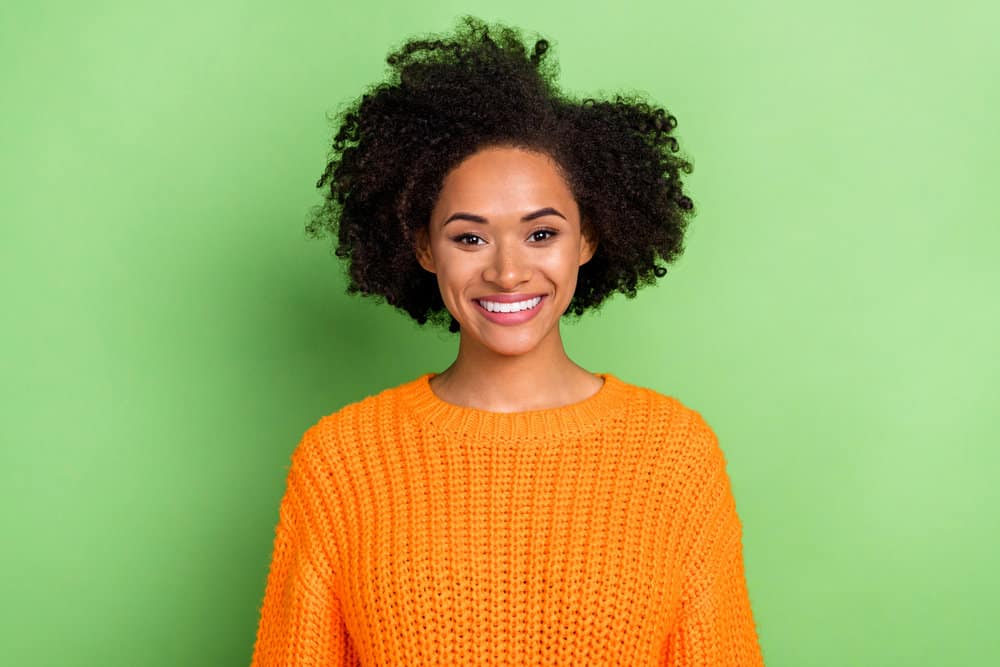
Genetic Changes
In many cases, genetics is to blame when the hair color changes for seemingly no reason. The genes responsible for hair color can turn on and off due to external stimuli or internal changes.
Scientists are still trying to find out what causes this but they are sure that the genes that control melanin (special cells called melanocytes) play a part.
There’s nothing you can do to influence how your genes operate. If your genes have determined that your new hair color will be sandy brown, that’s the color it will grow in.
How to Deal with Unwanted Hair Lightening
Dealing with unwanted hair lightening is as simple as dyeing it darker. And the gentlest way to do this is with semi-permanent dye. Here’s how to dye your hair darker.
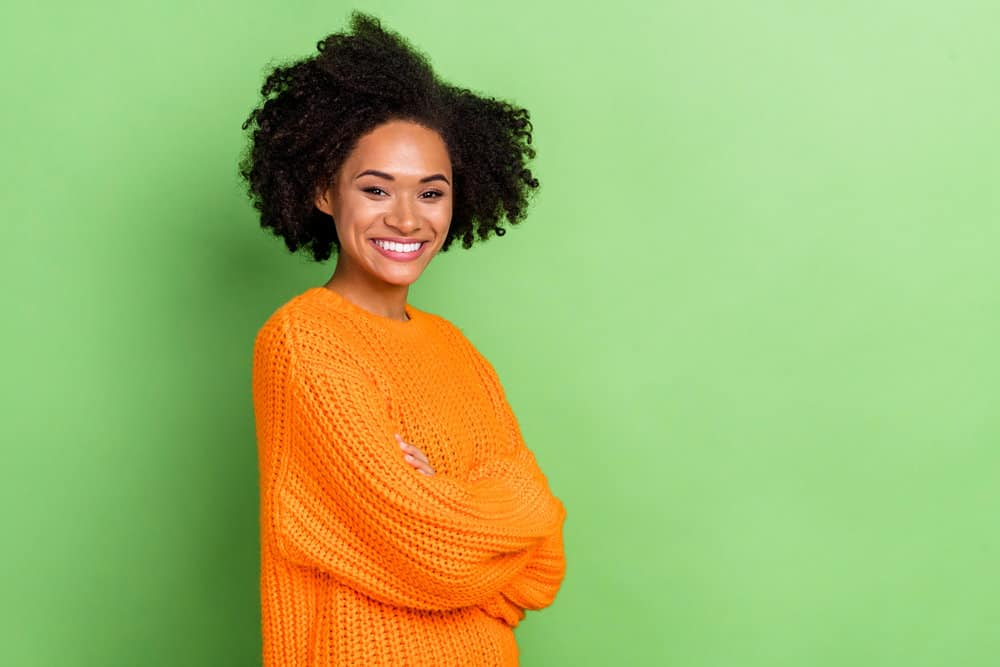
Gather your materials
For a simple dye job where you’re coloring your hair darker, you’ll need:
- Semi-permanent dye in your preferred shade.
- Gloves
- Tinting brush
- Mixing bowl
- Shampoo
- Processing cap
Follow These Instructions
Here’s what you’ll need to do to color your hair darker at home:
- Start by shampooing your hair thoroughly. Ensure that all debris, oils, and product are washed away.
- Dry your hair thoroughly. You can air dry or blow dry it, whatever makes you feel most comfortable.
- Unbox your semi-permanent dye and dispense it into your mixing ball. Use your tinting brush to stir up the dye. You do not need developer for semi-permanent dye.
- With the tinting brush loaded up, begin applying the dye to your hair in sections. Take your time and make sure that you’ve covered every strand of hair in dye.
- Put on a processing cap and wait for the amount of time indicated on the hair dye packaging. In most cases, they will instruct you to wait for at least 25 to 30 minutes.
- After the time is up, rinse the dye from your hair using cold water.
- Dry and style your hair as you usually would.
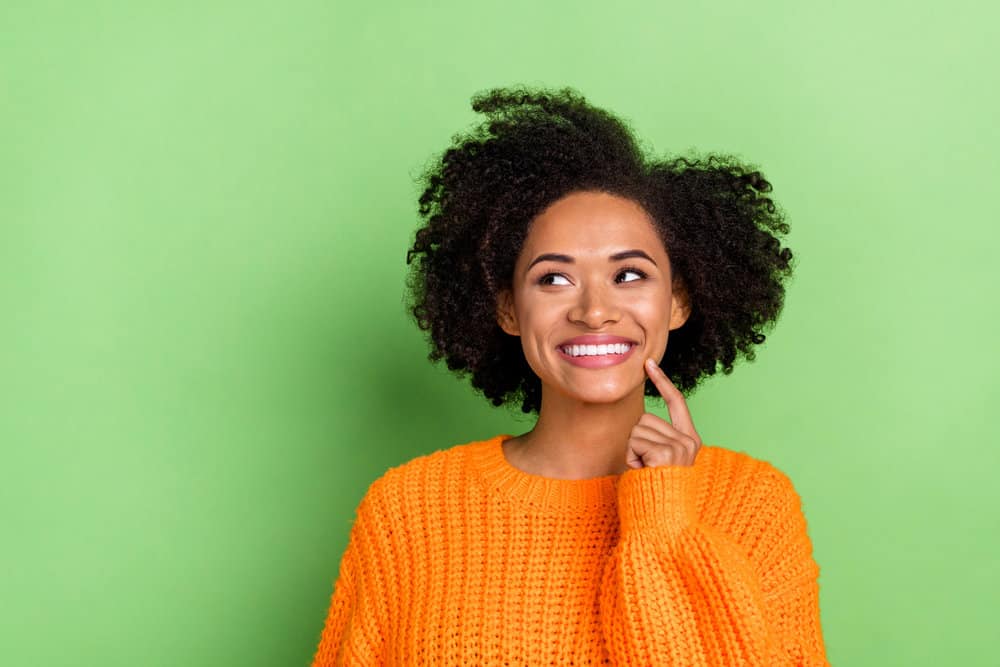
Semi-Permanent Dye Aftercare
After dyeing your hair, there are some things that you can do to keep it from fading prematurely and going back to your old color. Let’s get into them below.
- Stay out of the sun. The sun will fade your hair color in a hurry if you’re not careful. Before leaving the house, put on a hat or scarf or spray your hair with a product that offers UV protection.
- Don’t wash your hair too often. Every time you wash your hair, it will fade a bit. So, only wash your hair when needed.
- Keep your hair moisturized. Moisturized hair holds color much better than chronically dry hair. So, to ensure that your new darker hair color stays put, you should never skimp out on moisturizing your hair. After washing, always follow up with a conditioner or deep conditioner. It can also be helpful to use a leave-in conditioner and moisturizer as needed.
- Why Is Box Dye Bad for Your Hair?
- Why Do Salons Hate Box Dye?
- Hair Colors That Don’t Fade
- Can Your Hair Turn White from Fear?
There you have it - several reasons why your hair is getting lighter and what you can do about it. We hope you’ve found this article helpful and wish you the best with your hair.




